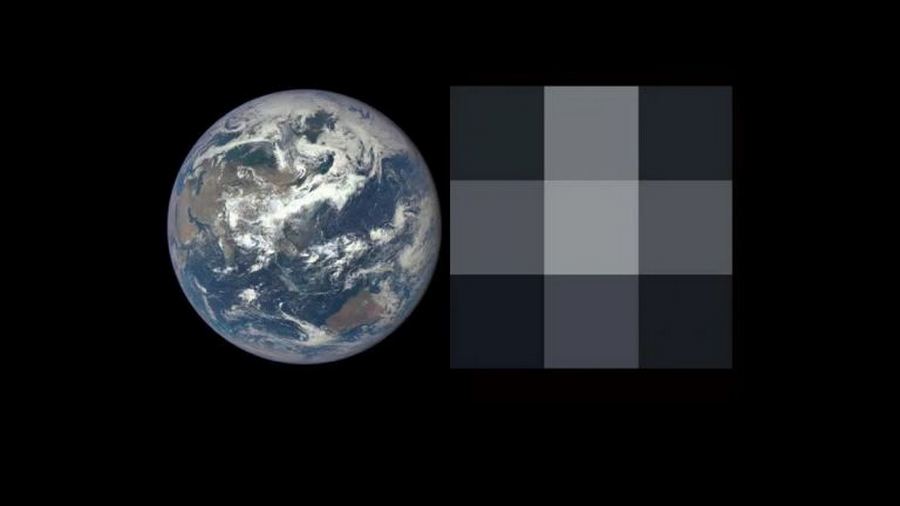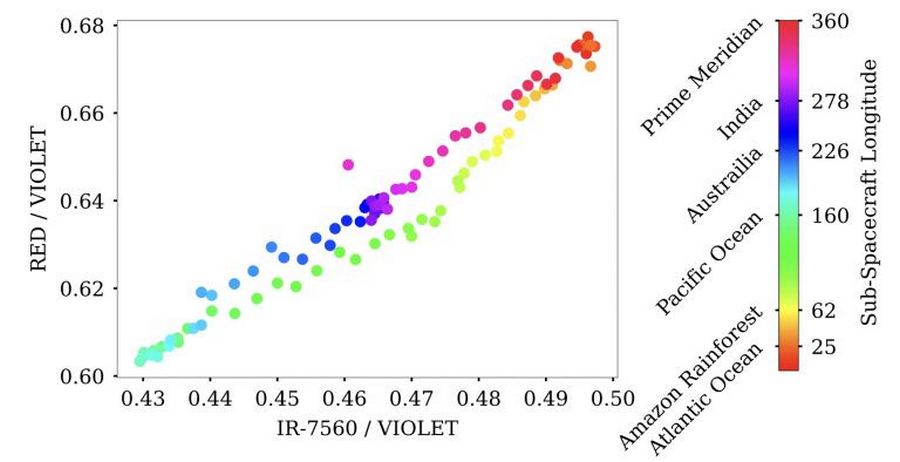In the autumn of 1989, the Galileo spacecraft was sent into space to study Jupiter and its moons. Due to the long distance to its target, Galileo made a circular journey through the inner solar system for a gravity manoeuvre, flying past Venus in 1990 and Earth in 1990 and 1992. During its passage by Earth, the spacecraft took images of our planet that have become important for studying the indicators of life on Earth.

The idea of searching for life on Earth in the 21st century may not seem like a big deal. But for astronomers, this research is useful as they actively search for life in other parts of the universe. Even today, the images captured by Galileo are used as a testbed for comparison with images of exoplanet signatures. Since direct imaging of exoplanets is still in its early stages, astronomers are still learning what these images can tell us.

Thus, scientists are focusing on disc-integrated images, where the light of the planet is seen as a single entity. Instead of detailed images of the Earth, the team is looking at integrated images obtained with a limited solid-state imager (SSI). By analyzing these images, they examine the overall brightness and spectra to gain information about the Earth.
The researchers found that some of the spectral data in the integrated images was very blurry, making it difficult to identify biosignatures. However, they did manage to detect an oxygen absorption line, indicating the presence of oxygen in the Earth’s atmosphere. This is not definitive proof of the existence of life, but it is an important step forward.

Interestingly, the team studied the changes in albedo, or reflectivity, as the Earth rotates. This allowed them to roughly determine the location of the continents and oceans. This analysis proved that the Earth is made up of a mixture of land and oceans, making it habitable.
The main advantage of this research is that it provides a baseline for potentially habitable exoplanets. It shows what a habitable planet looks like when viewed from a distance with limited resolution. By knowing this, astronomers will have criteria for identifying similar exoplanets, which will help them in their search for life elsewhere in the Universe.
Earlier, we explained why aliens do not see signs of intelligence on Earth.
According to universetoday.com

